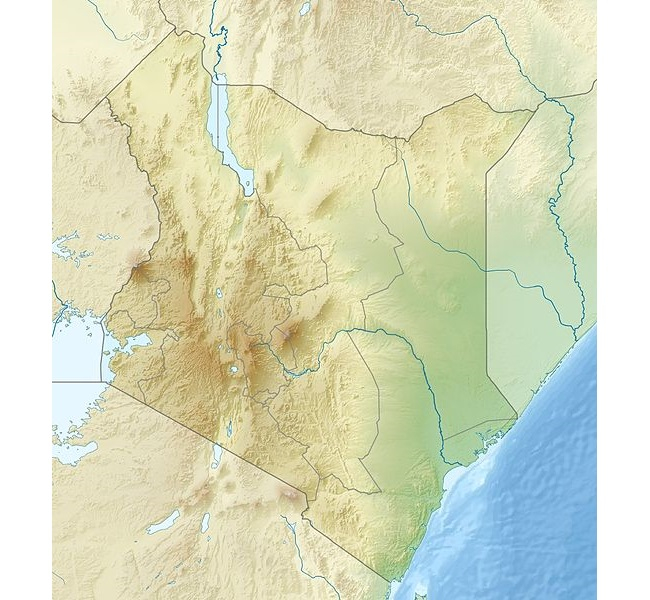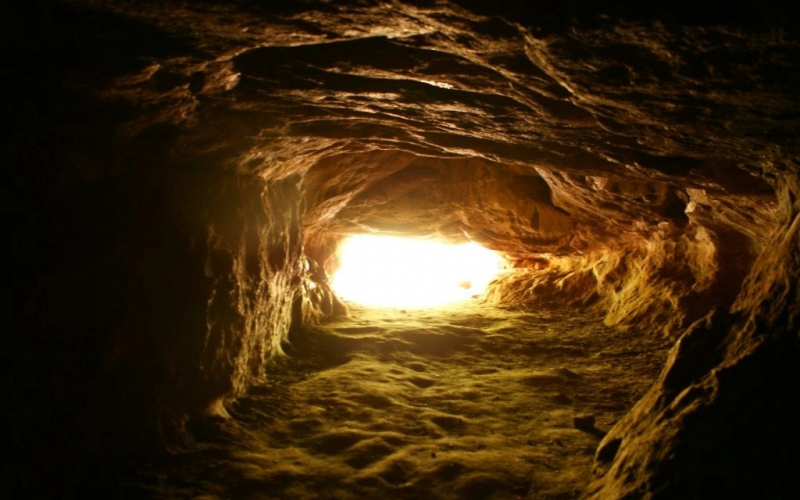Njoro River Cave

The next name on the list of Kenya’s most beautiful caves is Njoro River Cave. The Njoro River Cave is located in the Mau escarpment and is an archaeological site on Kenya's Mau Escarpment that was discovered by Mary and her husband, Louis Leakey, in 1938. The cave yielded numerous ancient artifacts such as beads, pottery, and tools as a significant excavation site. Excavations revealed a mass cremation site built by Elmenteitan pastoralists around 3350-3050 BP during the Pastoral Neolithic. Pottery, beads, stone bowls, basketwork, pestles, and flakes were also discovered during the excavations.
The cave was a pioneering site for radiocarbon dating in Eastern Africa in the 1950s. In fact, radiocarbon dating was first used in East Africa at the Njoro River Cave. Despite the fact that the Leakeys only made one observation in 1950, more tests were carried out in the 1980s. The results of four total radiocarbon dates point to a time period between 3350 and 3050 BP.
Location: Mau Escarpment, Kenya








